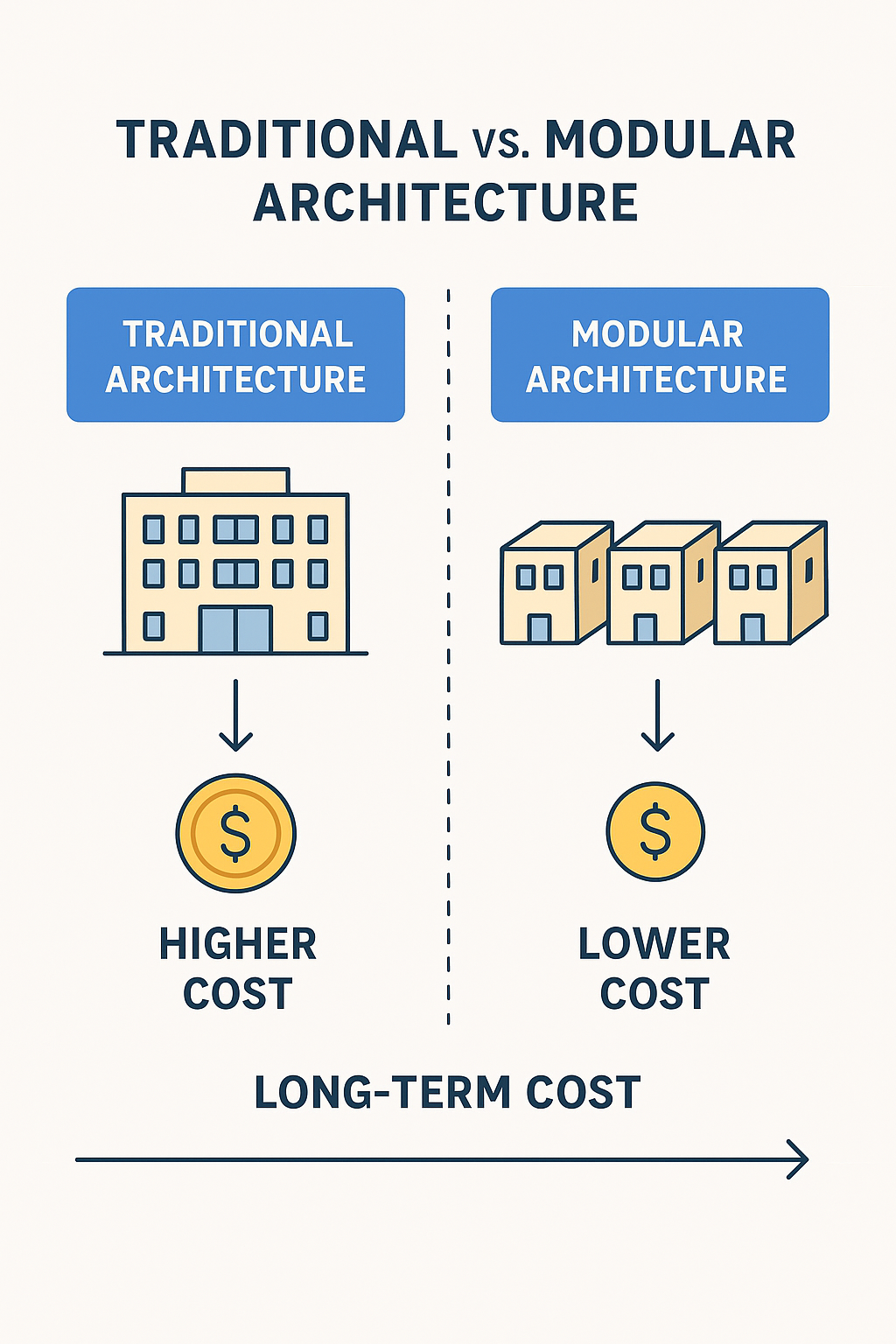
Smart Strategies to Reduce Development Costs and Keep Quality Intact
Striking the Right Balance
In software development, managing cost while preserving quality is a constant concern for decision-makers. Organizations seek efficiency and reduced spending, yet users expect reliability and performance in every release. The challenge is not only financial but also strategic, as choices made during development directly shape long-term outcomes.
Smart approaches allow businesses to maintain high standards without unnecessary expense. This requires discipline in planning, clarity in execution, and careful use of the right tools and methods. At Product Siddha, the focus has always been on guiding clients toward solutions that reduce waste while preserving value. Through structured product management and thoughtful use of automation, the company has helped firms across sectors build software that meets expectations without overrunning budgets.
Why Cost Reduction Matters Without Compromising Quality
Rising demand for faster delivery, higher feature expectations, and increasing technology costs have made efficient project planning more important than ever. Reducing development costs is not just about spending less. It is about using the right processes, tools, and team practices to get more value out of the same investment.
- Cost without quality leads to customer churn, higher maintenance costs, and poor adoption.
- Quality without cost control leads to overspending, missed deadlines, and reduced return on investment.
Companies that succeed are those that integrate smart cost-cutting with disciplined quality assurance.
Strategy 1: Build a Clear and Detailed Roadmap
One of the most effective ways to manage costs is to plan carefully at the start. A roadmap defines which features matter most and helps avoid wasted effort on unnecessary development.
Product Siddha used a minimum viable product (MVP) approach with the client. Instead of building all features at once, the team focused on the top three features that drove customer value. This reduced the budget by 30 percent in the first phase while still ensuring strong adoption.
Key takeaway: Roadmaps that align business goals with technical execution save both money and time.
Strategy 2: Embrace Agile Development
Agile methods, when done correctly, allow teams to release working features in small iterations. This reduces rework, ensures early feedback, and prevents the waste of large upfront investments.
- Sprints allow testing at every stage.
- Regular reviews ensure alignment with customer expectations.
- Continuous integration reduces defects later in the cycle.
Check Product Siddha, how Agile adoption reduced post-release bugs by 40 percent for a SaaS client, cutting maintenance costs significantly.
Strategy 3: Use the Right Automation Tools
Automation reduces repetitive tasks, minimizes errors, and accelerates delivery. Tools like N8N, Make.com, Zapier, and Flowise automate workflows across systems, while platforms such as Jira, ClickUp, and Notion streamline project tracking.
By integrating automation into both development and management processes, Product Siddha helped one retail client save more than 200 development hours annually, directly lowering operational expenses.
Chart: Cost Savings from Automation Tools
| Tool | Average Hours Saved Per Month | Cost Reduction (%) |
|---|---|---|
| Zapier | 25 | 10-12 |
| N8N | 40 | 15 |
| ClickUp + Jira | 30 | 8-10 |
Strategy 4: Prioritize Product Analytics
Decisions guided by data are more cost-effective than those based on assumptions. Tools like Mixpanel, Amplitude, and Looker Studio reveal how users interact with a product, showing which features to prioritize and which to drop.
For example, Product Siddha worked with a fintech startup to analyze usage patterns. They discovered that 70 percent of customers never used two costly features. Removing them from the development pipeline saved nearly $50,000 while keeping user satisfaction high.
Strategy 5: Outsource With Caution and Clarity
Outsourcing certain development tasks can reduce costs, but without clear contracts and expectations, it can lead to hidden expenses. The best practice is to outsource well-defined, modular tasks while keeping core intellectual property in-house.
Product Siddha advises clients to use outsourcing for short-term, non-core activities like testing or integrations. This ensures cost control while preserving quality in the most critical parts of the system.
Strategy 6: Invest in Early Testing and Quality Assurance
Testing is often seen as an expense, but early testing prevents defects that become costlier later. Incorporating quality checks into every sprint reduces post-release issues.
- Automated testing tools detect issues quickly.
- User acceptance testing ensures real-world performance.
A healthcare project handled by Product Siddha showed that by investing 15 percent of the budget in early QA, the company avoided 60 percent of potential rework costs.
Strategy 7: Build Scalable Architectures
Short-term savings can be wiped out if systems are not built to scale. Using cloud-native architectures, modular coding practices, and modern DevOps pipelines ensures that systems handle future growth without costly rewrites.

Strategy 8: Encourage Cross-Functional Collaboration
Poor communication between teams often results in duplication of work, overlooked bugs, and scope creep. Cross-functional collaboration aligns design, engineering, and product management.
At Product Siddha, workshops with stakeholders and regular alignment sessions cut down miscommunication errors. This resulted in smoother delivery and nearly 20 percent cost savings for a consumer app project.
Final Thoughts
Reducing software development costs while maintaining quality is not about shortcuts. It is about intelligent planning, careful use of tools, and disciplined processes. Companies that adopt smart roadmaps, data-driven decisions, and robust automation find themselves better positioned for both savings and long-term growth.
For businesses looking to achieve this balance, Product Siddha provides consulting and implementation services that combine strategy, analytics, and automation. The result is clear: lower costs, higher efficiency, and products that customers trust.
